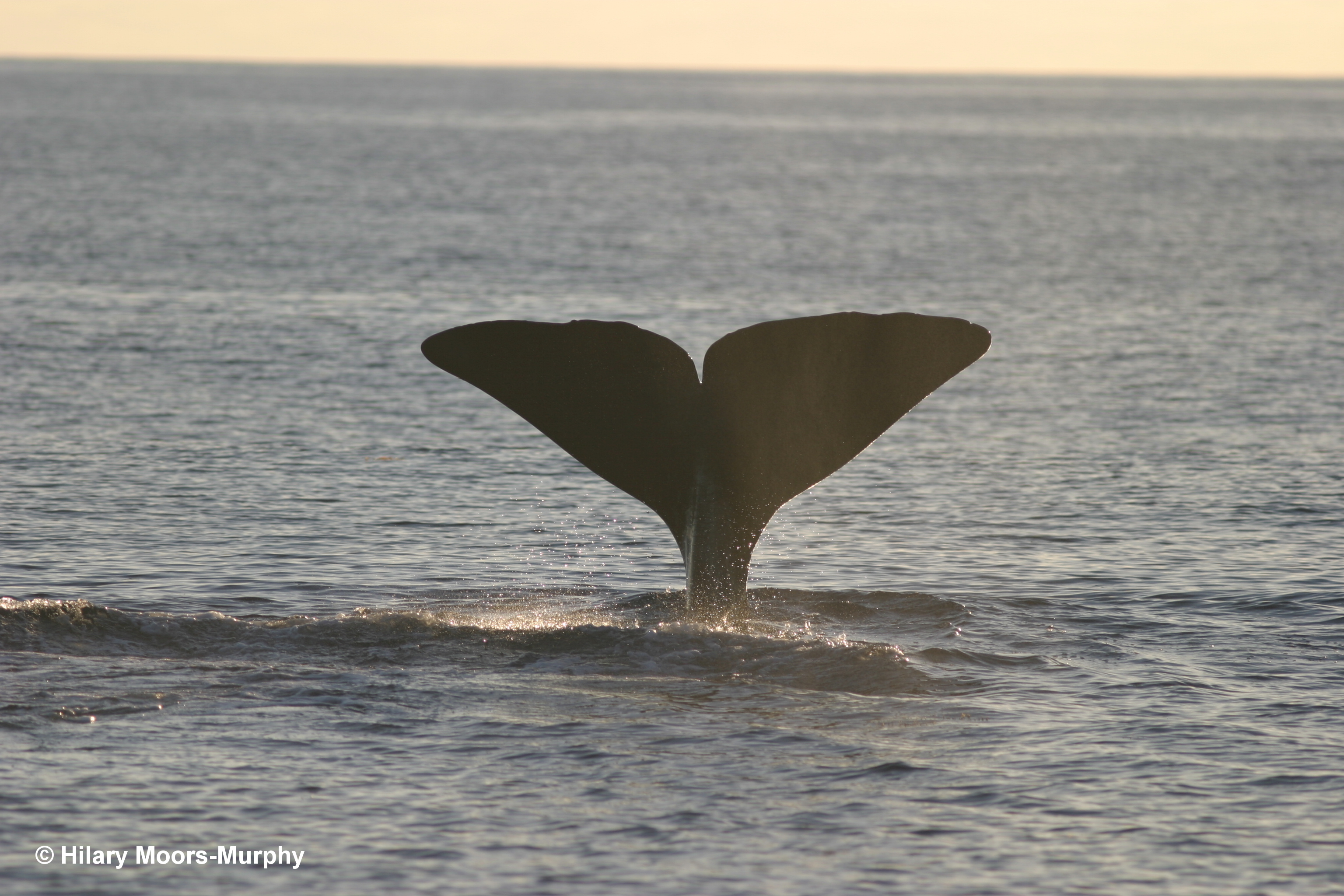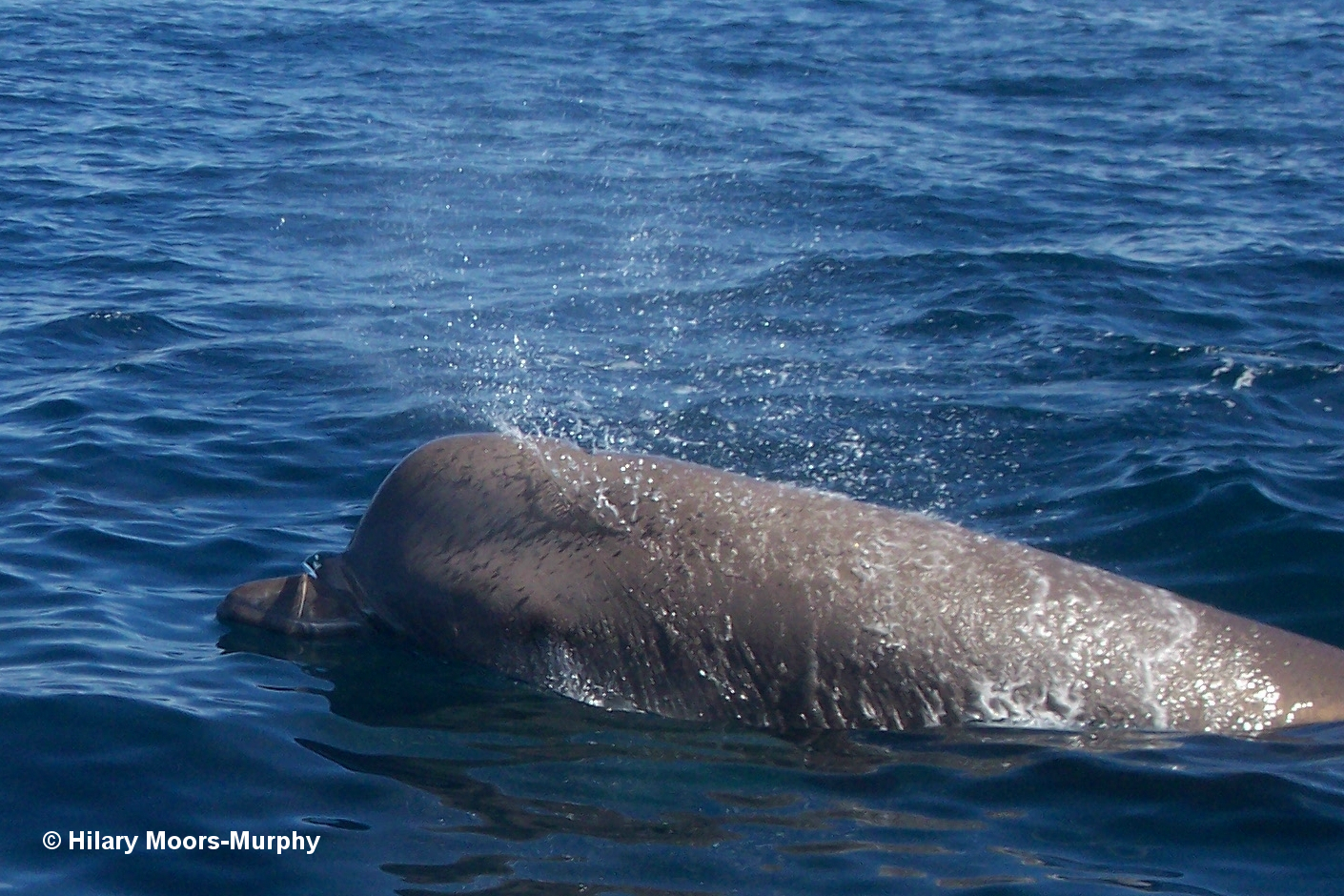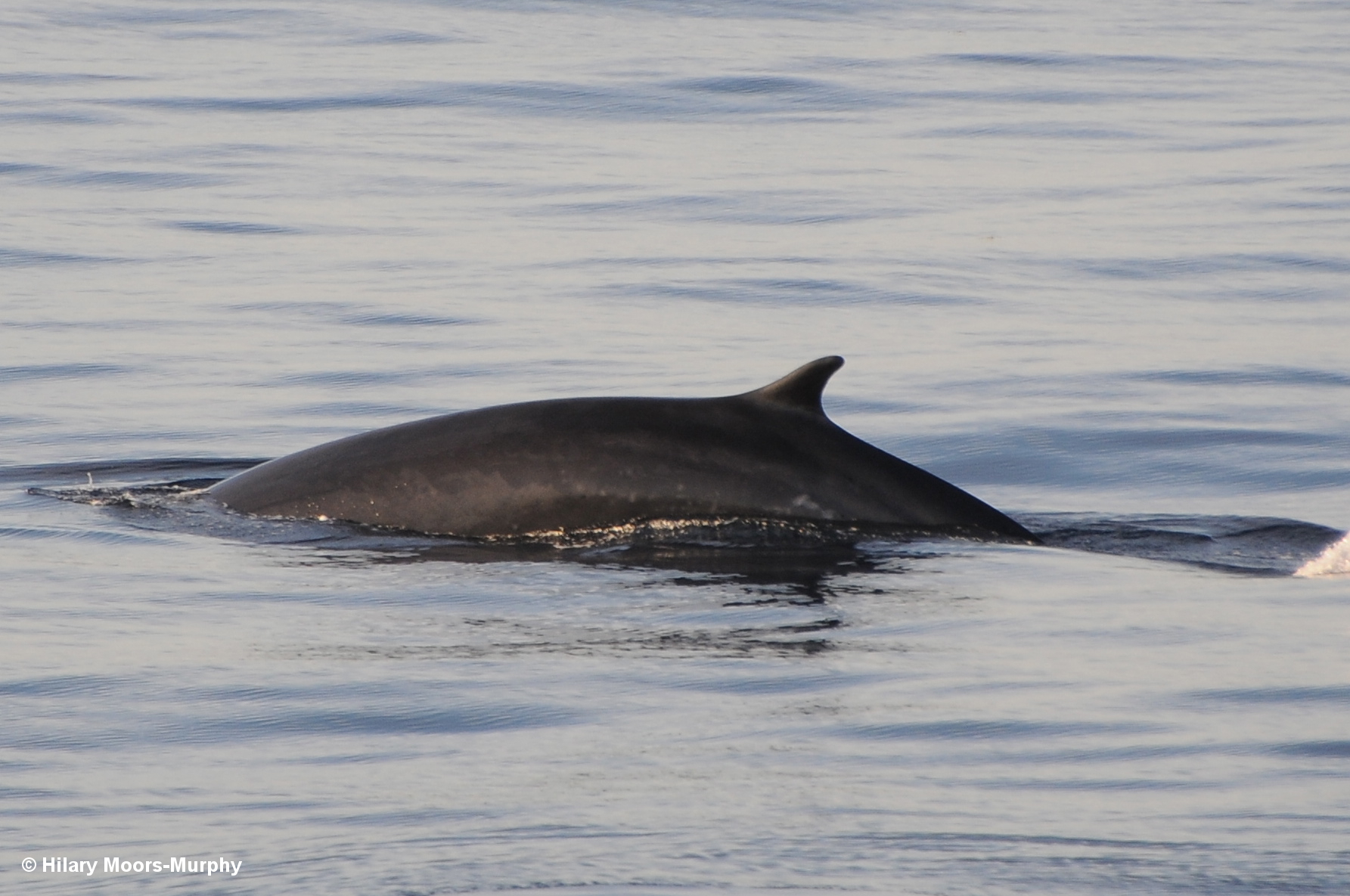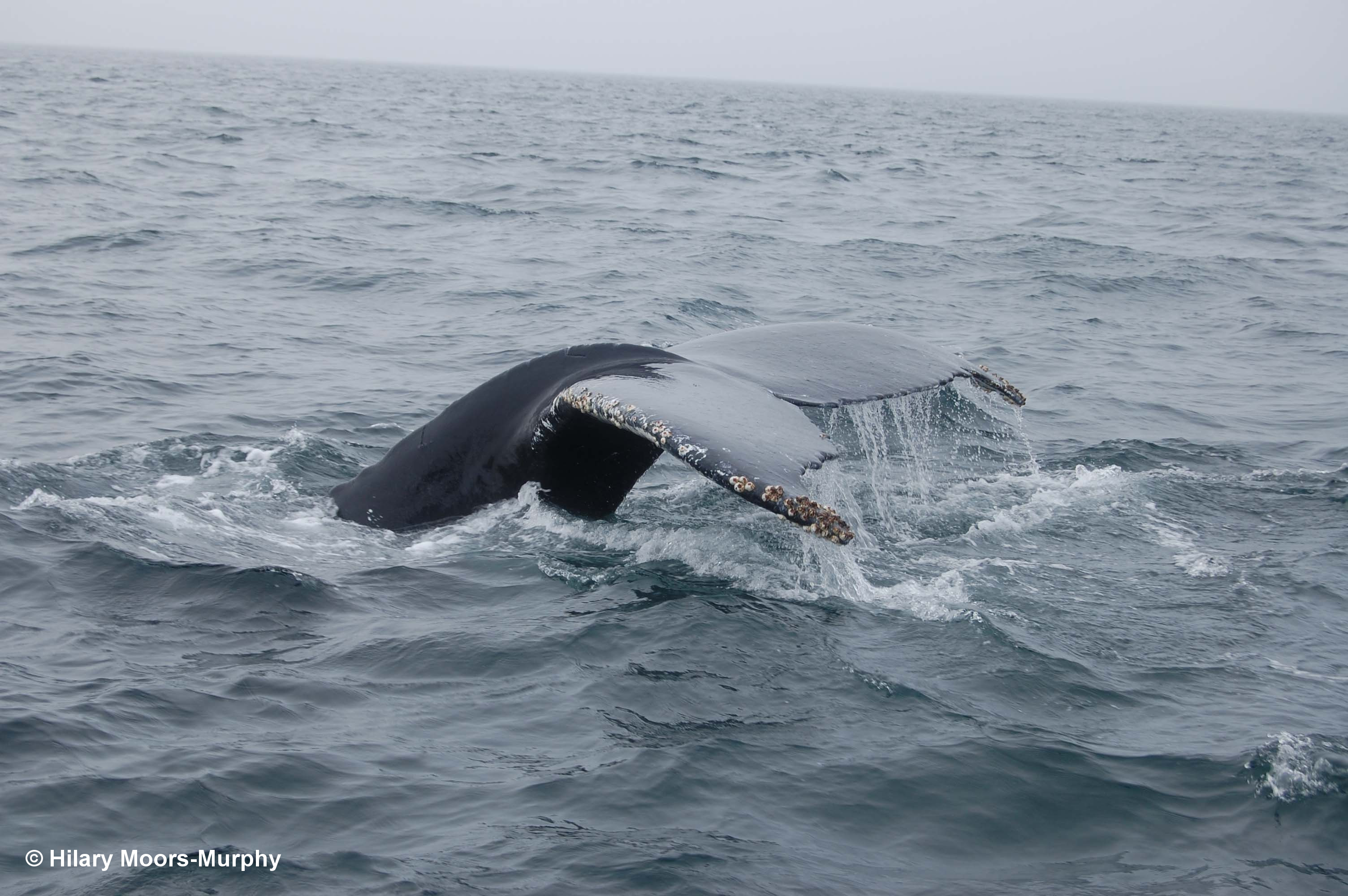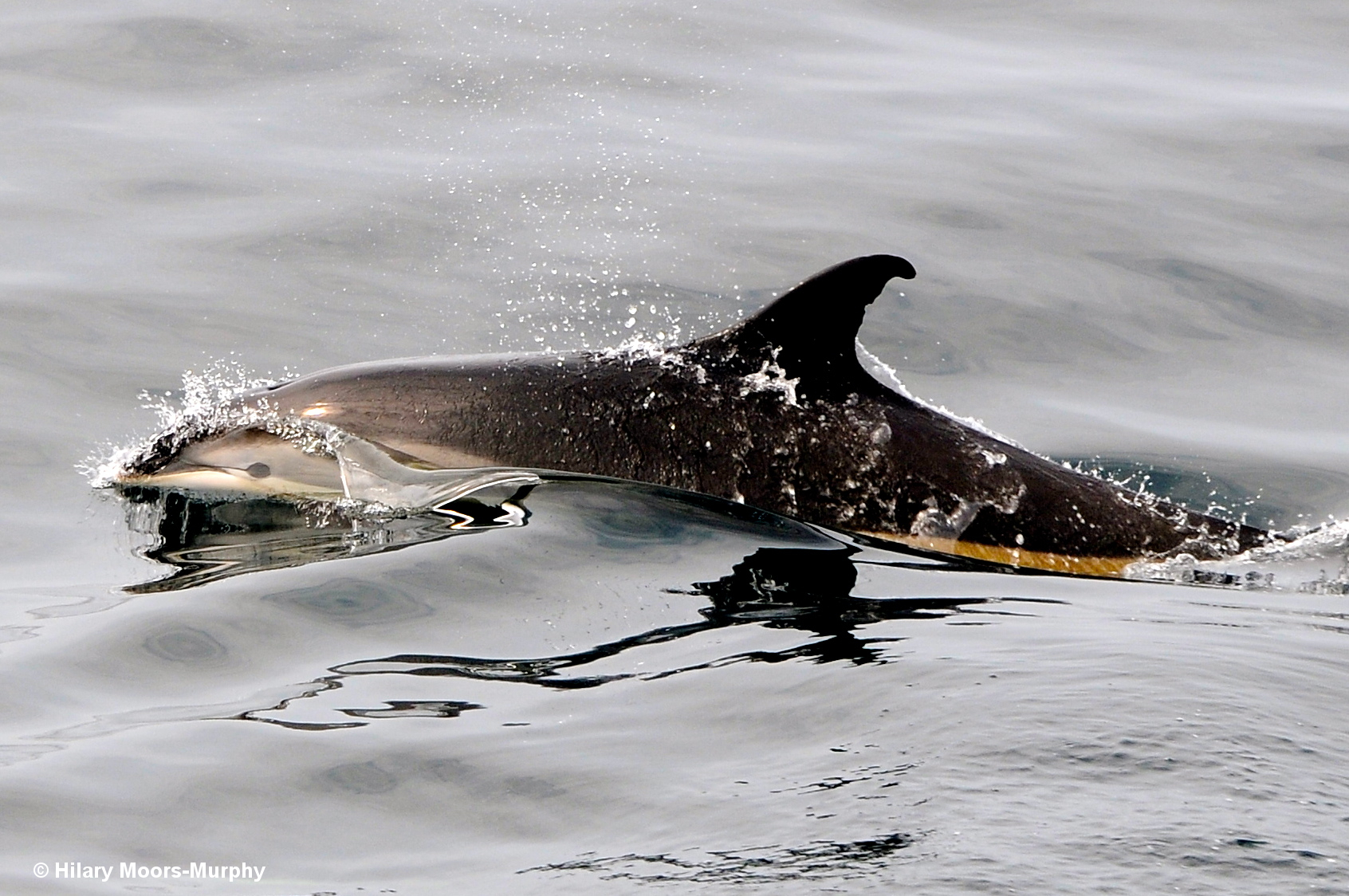Maritimes Region Whale Sightings Database
The Whale Sightings Database provides information on sightings of cetaceans (whales, dolphins and porpoises) that have been collected by or provided to Fisheries and Oceans Canada in the Maritimes Region. Most of this data comes from the Scotian Shelf, Gulf of Maine, Bay of Fundy, and Gulf of St. Lawrence areas of eastern Canada.
Sightings data are submitted from sources such as:
- Researchers (government, universities, and other non-government organizations)
- Trained marine mammal observers working on oil and gas platforms, ferries and commercial vessels, and other structures
- Seabird observers
- At-sea observers working on fishing vessels
- Fish harvesters
- Fishery officers
- Whale watching companies
- General public
Sightings data helps us understand the presence of cetaceans and their seasonal movement patterns, distribution, and important habitat. This information can help predict the potential presence of whales and is used to help create effective protection measures. These sightings data have also added to our research projects and management initiatives
Submitting your cetacean sightings
Submit your cetacean (whales, dolphins and porpoises) sightings by email XMARWhaleSightings@dfo-mpo.gc.ca.
Please include the following information:
- Your information (note that this information can be kept confidential if requested)
- Name
- Role
- If observation was made from land or from onboard a vessel or aircraft
- Platform name (e.g., vessel name)
- Purpose of trip (e.g., fishing, whale watch, commercial shipping, research)
- Sighting information
- Date (dd-mm-yy)
- Time (24-hour time and specify UTC or local time zone)
- Latitude (DD.ddddd ) and longitude (DD.ddddd)
- Species name (if known or to the best of your knowledge)
If possible, please also include the following information:
- Certainty of species identification (unsure, probable, definite)
- Identifying features (features used to identify the species, such as the presence and shape of the dorsal fin/fin on the back of the animal)
- Number of animals (minimum, maximum, and best guess)
- Sighting distance (relative distance of animal from observation platform or land, in feet or meters)
- Animal’s bearing relative to the vessel or platform (compass bearing or clock position from the bow of the vessel)
- Sea state using the Beaufort scale (1-12)
- Other relevant information such as:
- A description of behaviour of the animal(s)
- Weather conditions
- Vessel activity at time of sighting
- Other information/comments
- Photos or videos of the animal(s) (especially head, fluke [tail], dorsal fin, and flippers)
Thank you for sharing information on your cetacean sightings.
Request sightings data
If you are interested in contributing to this database or requesting data, email XMARWhaleSightings@dfo-mpo.gc.ca.
Please note that our database does not contain information on when and where organizations or individuals look for marine wildlife. The absence of sightings in a specific area or during a specific period does not mean that animals are not present at a particular place or time. Rather, it may mean that no one was there to observe and record them as sightings rely on the observer being at the right place and at the right time. For example, the number and timing of sightings often shows a seasonal pattern, with sightings declining when there are less observers on the water in winter. Similarly, there tend to be fewer sightings in areas where there are less observers on the water. The sightings data available in this database also relies on the observer providing the information to Fisheries and Oceans to be included in the database.
